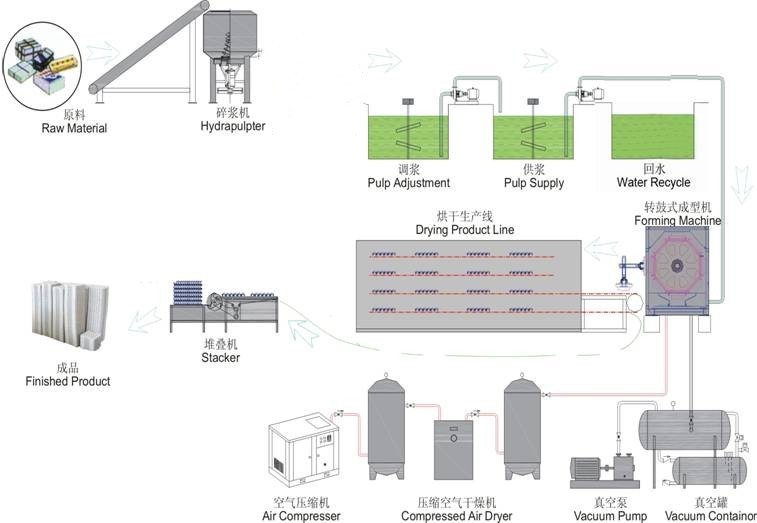Innovative Solutions for Modern Broiler Farming in Cage Systems
Nov . 06, 2024 08:20 Back to list
Innovative Solutions for Modern Broiler Farming in Cage Systems
Broiler Cage Systems A Comprehensive Overview
The poultry industry has evolved drastically over the years, driven by the need to meet increasing global protein demands. Among the various systems employed in poultry farming, broiler cage systems have gained significant attention. This article delves into the advantages, challenges, and considerations surrounding broiler cage systems, focusing on their impact on productivity, animal welfare, and sustainability.
Understanding Broiler Cage Systems
Broiler cages are specially designed enclosures that house chickens raised for meat production. These systems can vary in design, ranging from traditional battery cages to more modern, enriched cages that offer chickens more space and environmental stimulation. The primary goal of these systems is to maximize production efficiency while minimizing the resources required for raising broilers.
Advantages of Broiler Cage Systems
1. Space Efficiency One of the most notable benefits of broiler cage systems is their efficient use of space. By housing multiple birds in a controlled environment, farmers can produce a greater number of chickens in a smaller area, thereby optimizing land use.
2. Disease Control Broiler cage systems can facilitate better disease management since the enclosed environment allows for easier monitoring of bird health. The reduced contact with wild birds and other potential pathogens helps lower the risk of diseases spreading among the flock.
3. Automated Feeding and Watering Many broiler cage systems are equipped with automated feeding and watering systems, which significantly reduce labor costs and ensure that birds have constant access to food and water. This automation can lead to improved growth rates and feed conversion ratios.
4. Improved Growth Rates The controlled environment of broiler cages often translates to enhanced growth rates compared to free-range systems. Factors such as optimized nutritional intake and minimized environmental stressors contribute to the efficient growth of broilers.
Challenges and Considerations
broiler cage

Despite their advantages, broiler cage systems are not without controversy. The welfare of the birds raised in such systems has been a significant concern among animal rights advocates and consumers alike.
1. Animal Welfare Issues Critics argue that traditional cage systems can inhibit natural behaviors in chickens, leading to psychological stress. Birds in confined spaces may exhibit abnormal behaviors, such as feather pecking and aggression. The introduction of enriched cages, which provide more space and amenities, aims to address these concerns, but the debate continues.
2. Regulatory Standards Increasing public awareness regarding animal welfare has prompted many regions to revise their regulations surrounding poultry farming. Compliance with these regulations can require significant investments in upgrading cage systems and adhering to higher welfare standards.
3. Consumer Perception With a growing number of consumers demanding ethically produced food, the poultry industry faces the challenge of reshaping its image. Transparency in farming practices and a commitment to animal welfare can significantly influence consumer purchasing decisions.
4. Environmental Impact While broiler cage systems can be space-efficient, the concentration of animals in one area can lead to environmental concerns such as waste management and pollution. Sustainable practices must be adopted to mitigate these effects and ensure the long-term viability of poultry farming.
Looking Ahead
The future of broiler cage systems in the poultry industry will likely involve a balance between efficiency and welfare. Advances in technology, such as improved monitoring systems for bird health and welfare, can aid farmers in maintaining high production standards while addressing animal concerns.
Moreover, educating consumers about the various systems and practices used in poultry farming is essential. Greater awareness can lead to informed choices about poultry products, supporting those farmers who prioritize both productivity and animal welfare.
In conclusion, broiler cage systems play a crucial role in modern poultry production. While they offer clear benefits in terms of efficiency and growth rates, they also present challenges, particularly concerning animal welfare. As the industry evolves, it is imperative to strive for practices that align productivity with ethical considerations, ensuring a sustainable future for broiler farming. By embracing innovation and transparency, the poultry sector can meet global protein demands while respecting the welfare of the animals it raises.
-
Automatic Feeding Line System-Pan Feeder Nipple Drinker|Anping County Yize Metal Products Co., Ltd.
NewsJul.29,2025
-
Hot Sale 24 & 18 Door Rabbit Cages - Premium Breeding Solutions
NewsJul.25,2025
-
Automatic Feeding Line System Pan Feeder Nipple Drinker - Anping County Yize Metal Products Co., Ltd.
NewsJul.21,2025
-
Automatic Feeding Line System Pan Feeder Nipple Drinker - Anping County Yize Metal Products Co., Ltd.
NewsJul.21,2025
-
Automatic Feeding Line System - Anping Yize | Precision & Nipple
NewsJul.21,2025
-
Automatic Feeding Line System - Anping Yize | Precision & Nipple
NewsJul.21,2025






